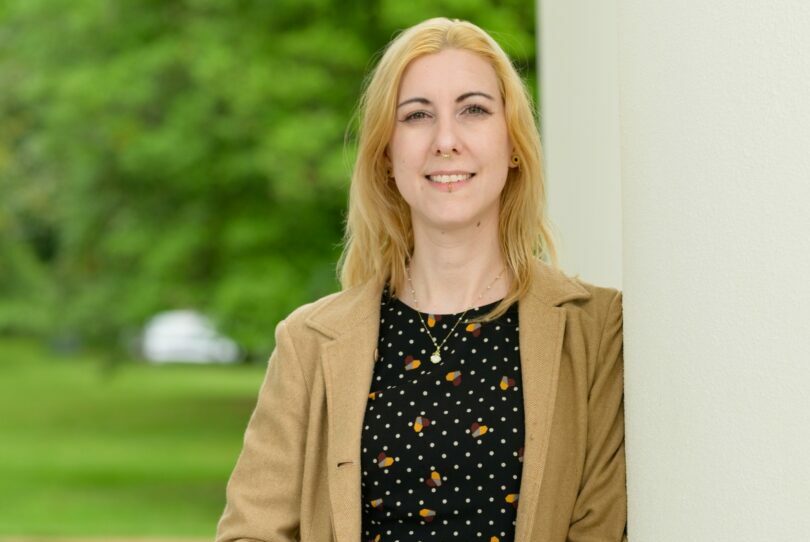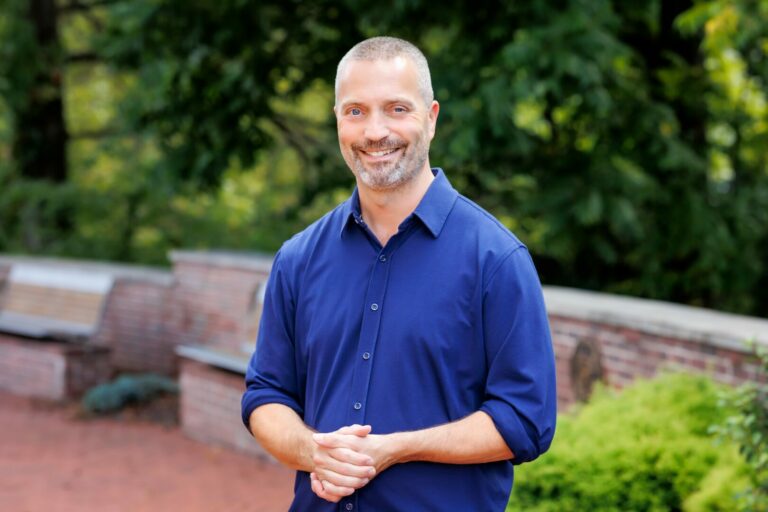We recently had the chance to connect with ARLEN schumer and have shared our conversation below.
Good morning ARLEN, we’re so happy to have you here with us and we’d love to explore your story and how you think about life and legacy and so much more. So let’s start with a question we often ask: What is something outside of work that is bringing you joy lately?
We’re living in a Golden Age of Television–not the old 1950s version, with its 90-minute live TV shows filmed in New York–but the CURRENT Golden Age that’s STREAMING on television. Whereas movies in the theater have become dominated by big-budget superhero spectacles and their requisite computerized special effects, but are short on truly great stories, television is now where deeper, more real and human stories are being told, at whatever length suits the story. I could rattle off the top of my head, in no particular order, the great streaming shows that have given me great respite at night from the daily staring at the computer screen and toiling at the drawing board: Adolescence, Daredevil, Stranger Things, Your Friends & Neighbors, Wednesday, The Morning Show, Peaky Blinders, Andor, Peacemaker, Mobland, The Studio, The Penguin, Black Mirror, Severance, Succession, Strange New Worlds, Alien: Earth, the Mandalorian, WandaVision, Watchmen, all the Taylor Sheridan shows (Yellowstone, Tulsa King, Lioness, Mayor of Kingstown, 1883, 1923, Landman), and so much more!
Can you briefly introduce yourself and share what makes you or your brand unique?
Comic book art continues to infiltrate American popular culture on all fronts, from superhero movies to graphic novels! And as Roy Lichtenstein brought comic book art into the fine art world, I’ve brought it into the commercial art world via my unique illustration career, creating comic book-style art for advertising, editorial and promotional usage, becoming a member of The Society of Illustrators in the process. My backgrounds in graphic design (via Rhode Island School of Design), art direction and copywriting, combined with expertise in and enthusiasm for the comic book medium and its rich history, produce imagery that stands out from the crowd!
I draw traditionally with pencil on paper, then scan it into my Mac computer, and color in Photoshop. I try to ride the line between the organic warmth that the hand-drawn line allows, with the range of fantastic coloring effects that the computer provides—without letting the latter overwhelm the former.
At the same time, I’ve been working to get comic book art appreciated and treated seriously in the academic and cultural worlds as an indigenous American art form with a rich history, via my comic book art history “VisuaLectures” (so dubbed because “lectures” is such a pejorative, and mine are as visual as they are verbal) and verbal/visual essays (which form the basis of my book about comic book art in the 1960s, The Silver Age of Comic Book Art).
I also create webinars on a vast array of other 20th Century pop culture subjects, from the Connery Bond films to The Flintstones, with a concentration on the legendary TV series The Twilight Zone, and the music of Bruce Springsteen.
Okay, so here’s a deep one: Who taught you the most about work?
My big break after graduating from Rhode Island School of Design with a degree in Graphic Design was getting to work for one of my childhood idols, the legendary comic book artist Neal Adams (1941-2022) at Continuity Associates, his New York City agency/studio. If you had told me when I was a kid artist idolizing him (like a whole number of my generation), that I would one day be working for him as a pencil artist (with him inking me!), I would have had an adolescent heart attack!
Adams “taught” us dozen or so “worker bees” via criticism: if he said nothing after you’d show him a pencil drawing, that meant you did good; otherwise, Adams would critique the art better than any art teacher I had at RISD! He was a natural teacher, and the standards of hard work, diligence, attention to detail, and craftsmanship that he set in his own work, he set for us. They were hard to work up to, and we’d often fall short, but it was in the striving that we LEARNED.
At the time, Adams was doing mostly advertising production art (comps, storyboards, animatics), which was preventing him from taking on all the finished-illustration comic book-styled ads that were coming in; I reasoned one guy could make a pretty good living just on the work he was turning away, and that that was what I set out to do full-time upon leaving Neal to go out on my own.
Adams had previously done, I thought, the best comic advertising to date; I could never compete with him on a pure drawing level (who could?), but I thought I could differentiate my work by emphasizing overall graphic design (from my RISD education) and good hand-lettering (influenced by another God of Comic Art, DC’s hand-letterer and logo designer for 30 years, Ira Schnapp).
I had no desire to do comic book art for the mainstream comic book companies, as I could never churn out the volume of art needed to make their monthly deadlines, and didn’t really have the burning desire to tell stories anyway–I had more of a single-illustration/poster design mentality.
So I combined my expertise in graphic design with my illustration skills (improved 400% while working for Adams–like going to graduate school and getting paid for it!) and knowledge of, and love for, comic book art and its history, to create advertising and editorial illustrations that I’d like to think stand out from the crowd of more conventional illustration and photography.
And it’s been those so-very-high standards that I learned from Neal Adams that have kept me company my entire career.
If you could say one kind thing to your younger self, what would it be?
I would tell my younger self to make decisions based on your GUT, which is your truest friend. Call it that little small voice, call it your conscience, call it God, even, “speaking” to you what is best for you–but it’s best described as that usually instantaneous feeling you get when you have to make an important decision, that’s what you have to listen to, and act on.
The biggest mistakes I’ve made in my life, mistakes that have caused severe consequences, many of which did not take effect until years later, were when I listened to my “head” over my heart: I over-thought things. At the time, you think you’re just thinking things through, exploring all the possibilities, etc. But what you’re really doing is overriding your GUT, your heart, your true self. Had I listened to my gut when I had to make those decisions, my current life would’ve been completely different, and (probably) better. Of course, we’ll never know that for sure; those alternate lives might have presented different problems I could never foresee.
But I do know what to counsel young people: follow your GUT.
So a lot of these questions go deep, but if you are open to it, we’ve got a few more questions that we’d love to get your take on. Whom do you admire for their character, not their power?
BRUCE SPRINGSTEEN’S uncompromising and unparalleled creativity, body of work, attitude, performance and work ethic have been an inspiration to me since I first heard the song “Born to Run” over a tinny AM car radio when I was 17 years old in the summer of ’75. Especially when I lecture, I employ what I call the “Springsteen Performing Style,” which is to give your 110% all to your audience, whether it’s 10 people or 10,000 people.
Bruce is also a bona fide moral leader for our age, doing what a true leader should be doing: living his life by example, and using it to inspire and exhort others to do the same.
He is the true President of the United States.
Okay, so before we go, let’s tackle one more area. Could you give everything your best, even if no one ever praised you for it?
All I’ve ever done in my career has been me “giving everything my best,” and getting little to no “praise” for it. Sure, my works have won some awards, and I’ve received some good press notices on my published books and other projects, but overall, I’ve often dubbed my career as a “Quest for Respect,” that I feel has still eluded me, despite my literally-best efforts.
But I’ve taken solace in this corresponding rubric from a more religious perspective: we must actively love without any expectation of being loved in return–which is contrary to The Beatles’ famous final recorded words, “And in the end, the love you take is equal to the love you make,” which suggests an equation of equal, compensatory value. But I don’t think that’s how life actually works.
Contact Info:
- Website: https://www.arlenschumer.com
- Instagram: @arlenschumer
- Linkedin: http://www.linkedin.com/pub/arlen-schumer/3/164/8a7
- Twitter: https://x.com/arlenschumer
- Facebook: https://www.facebook.com/arlenschumerNEW
- Youtube: https://www.youtube.com/user/arlen6658/videos
- Other: https://vimeo.com/arlenschumer1


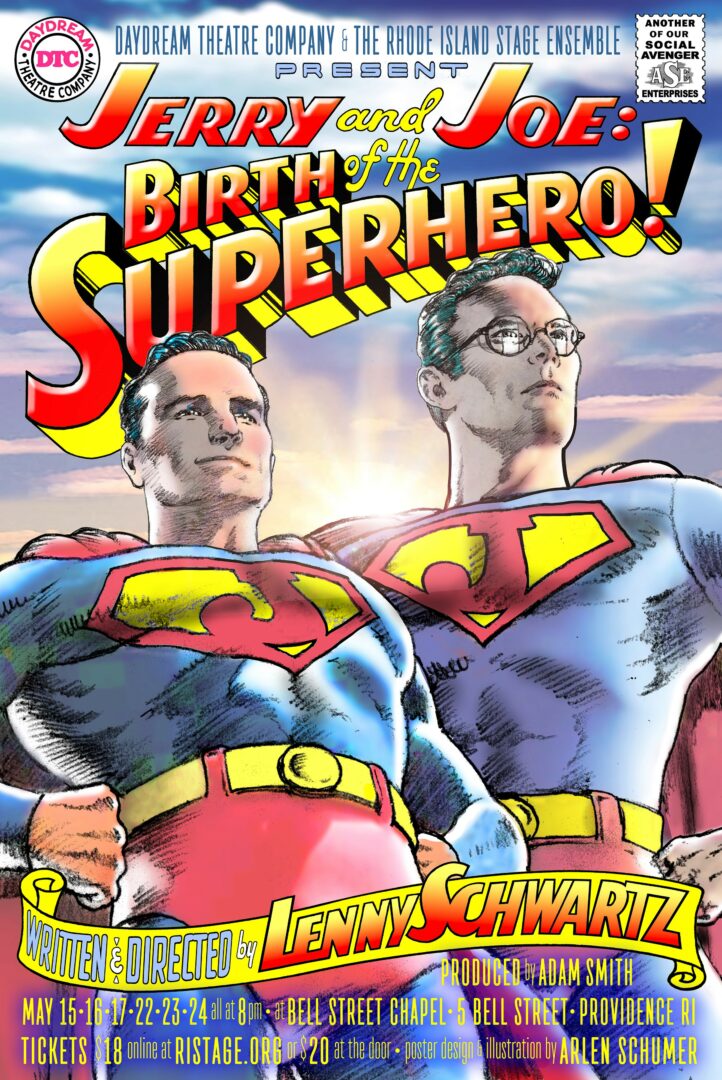

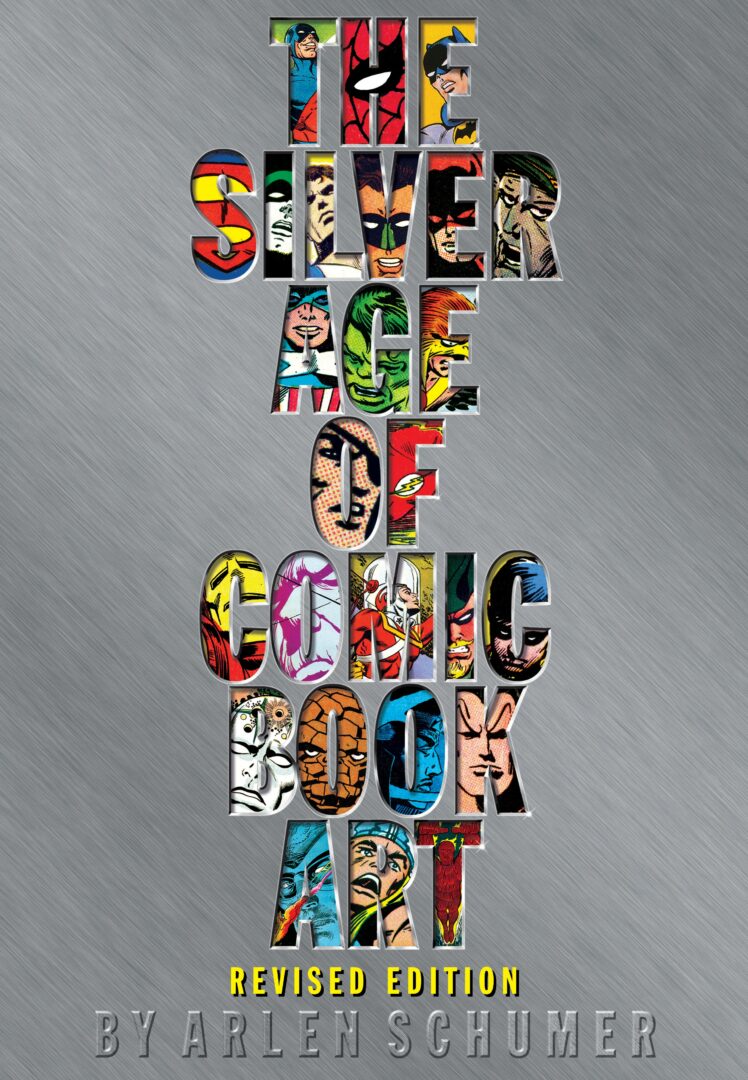
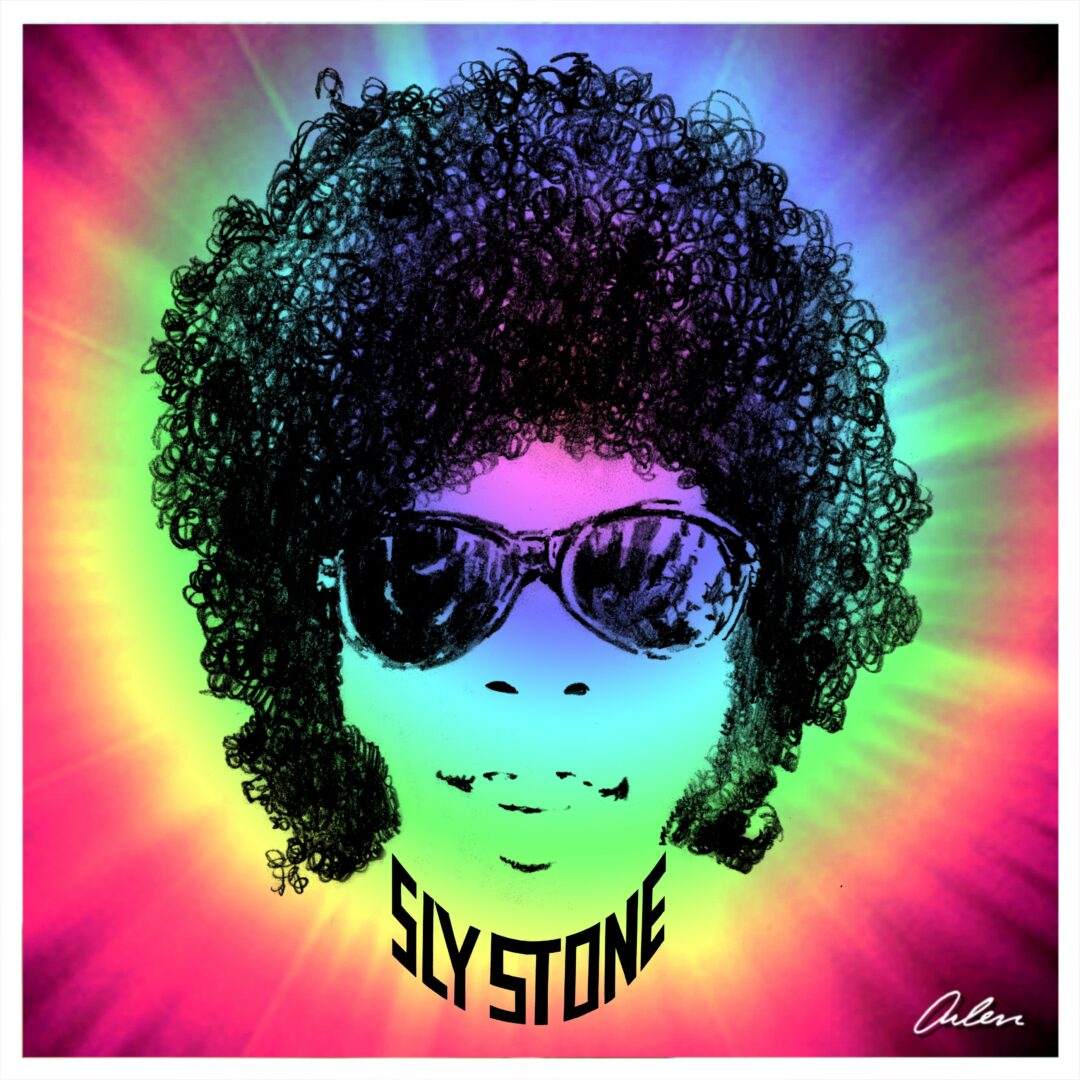
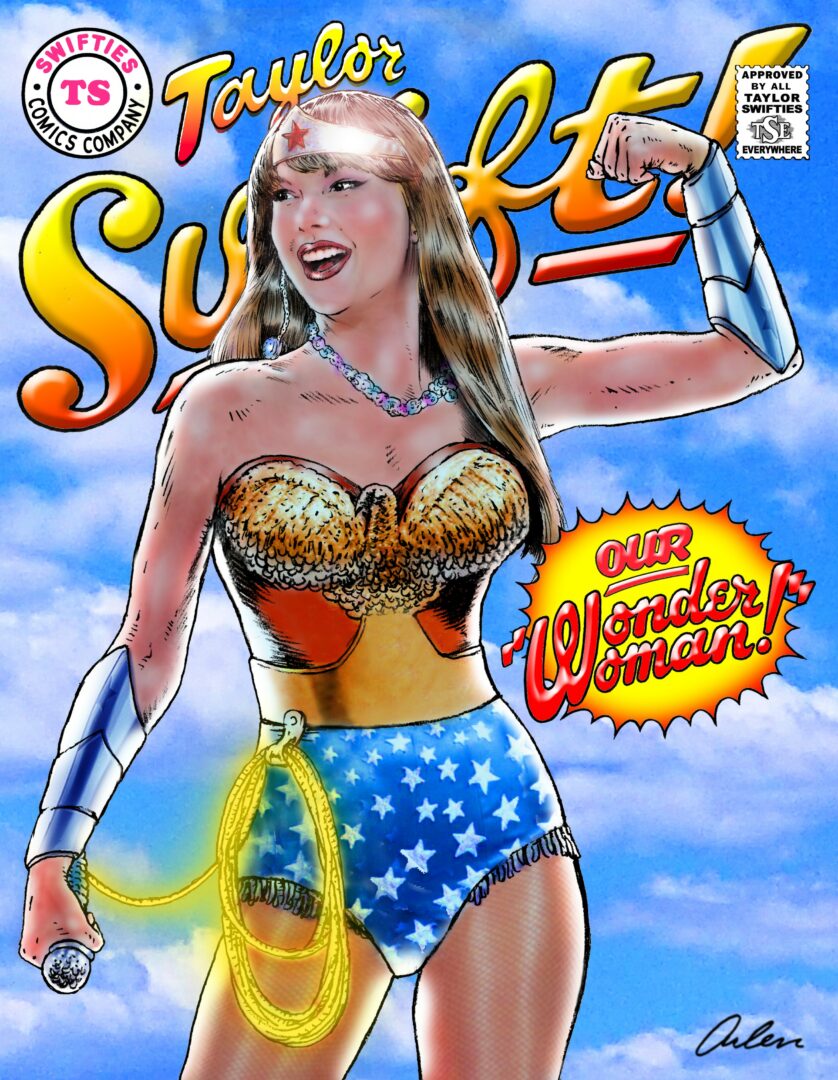

Image Credits
All images designed and/or illustrated by Arlen Schumer
so if you or someone you know deserves recognition please let us know here.



